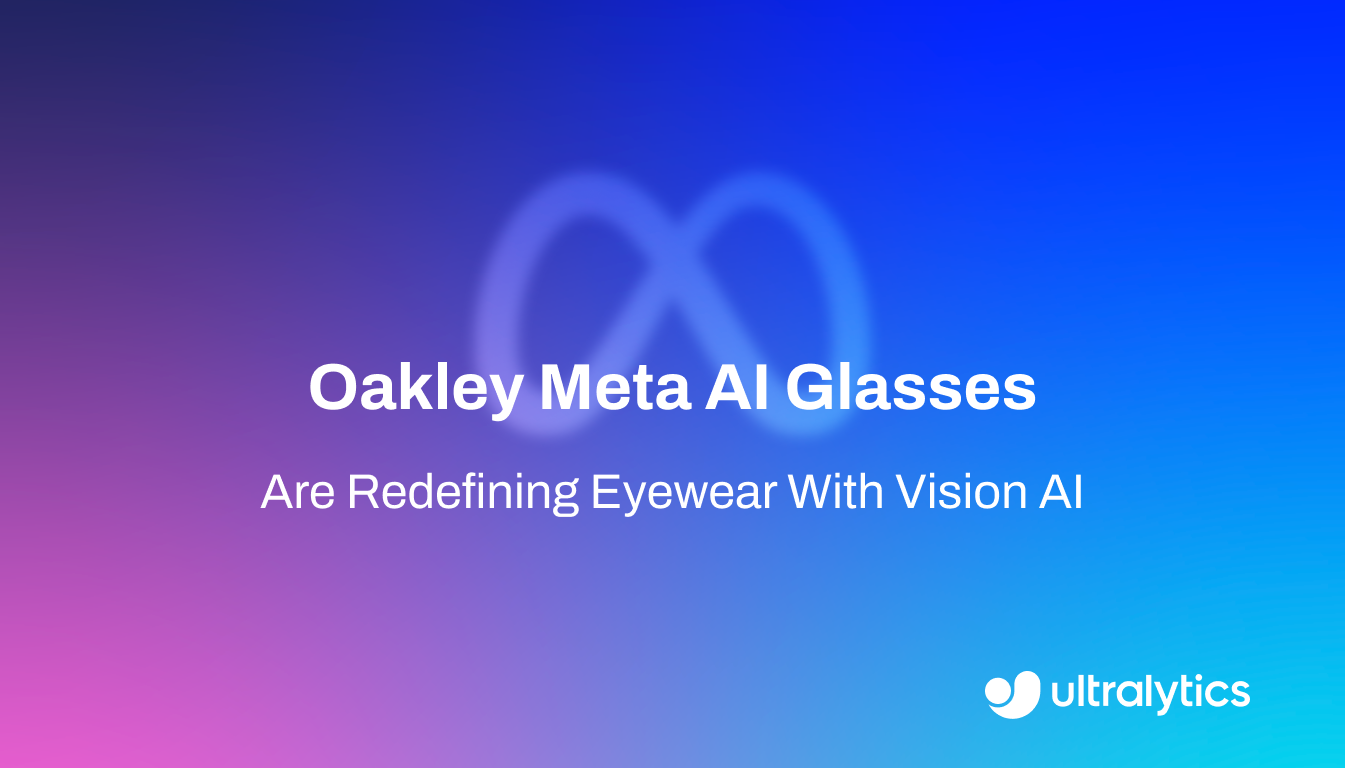Bounding Box
Learn how bounding boxes enable object detection, AI, and machine learning systems. Explore their role in computer vision applications!
A bounding box is a rectangular region defined by coordinates that isolates a specific feature or object within an
image or video frame. In the realm of
computer vision, this annotation serves as the
fundamental unit for localizing distinct entities, allowing
artificial intelligence (AI) systems to
"see" where an item is located rather than just knowing it exists in the scene. Primary utilized in
object detection tasks, a bounding box outlines
the spatial extent of a target—such as a car, person, or product—and is typically associated with a class label and a
confidence score indicating the model's certainty.
Coordinate Systems and Formats
To enable machine learning (ML) models to
process visual data mathematically, bounding boxes are represented using specific coordinate systems. The choice of
format often depends on the datasets used for training or the
specific requirements of the detection architecture.
-
XYXY (Corner Coordinates): This format uses the absolute pixel values of the top-left corner ($x1,
y1$) and the bottom-right corner ($x2, y2$). It is highly intuitive and frequently used in visualization libraries
like Matplotlib for drawing rectangles over images.
-
XYWH (Center-Size): Popularized by the
COCO dataset, this representation specifies the
center point of the object ($x_center, y_center$) followed by the width and height of the box. This format is
crucial for calculating loss functions during
model training.
-
Normalized Coordinates: To ensure
scalability across different image resolutions,
coordinates are often normalized to a range between 0 and 1 relative to the image dimensions. This allows models to
generalize better when processing inputs of varying sizes.
Types of Bounding Boxes
While the standard rectangular box fits many scenarios, complex real-world environments sometimes require more
specialized shapes.
-
Axis-Aligned Bounding Box (AABB): These are the standard boxes where edges are parallel to the
image axes (vertical and horizontal). They are computationally efficient and are the default output for high-speed
models like YOLO11.
-
Oriented Bounding Box (OBB): When objects are rotated, thin, or packed closely together—such as
ships in a harbor or text in a document—a standard box may include too much background noise. An
Oriented Bounding Box includes an additional angle parameter,
allowing the rectangle to rotate and fit the object tightly. This is vital for precise tasks like
satellite image analysis.
Real-World Applications
Bounding boxes function as the building blocks for sophisticated decision-making systems across various industries.
-
Autonomous Vehicles: Self-driving technology relies heavily on bounding boxes to maintain
spatial awareness. By drawing
boxes around pedestrians, traffic lights, and other cars, the system estimates distances and trajectories to prevent
collisions. You can explore this further in our overview of
AI in automotive.
-
Retail and Inventory Management: Smart stores use bounding boxes to track products on shelves.
Systems can identify out-of-stock items or automate checkout processes by localizing products in a cart. This
improves efficiency and is a key component of modern
AI in retail solutions.
Bounding Box vs. Segmentation
It is important to distinguish bounding boxes from
image segmentation, as they solve different
levels of granularity.
-
Bounding Box: Provides a coarse localization. It tells you roughly where the object is by
enclosing it in a box. It is faster to annotate and computationally cheaper for
real-time inference.
-
Instance Segmentation: Creates a pixel-perfect mask that outlines the exact shape of the object.
While more precise, segmentation is more computationally intensive. For applications like
medical image analysis where exact tumor
boundaries matter, segmentation is often preferred over simple bounding boxes.
Practical Example with Python
The following snippet demonstrates how to use the ultralytics library to generate bounding boxes. We load
a pre-trained YOLO11 model and print the coordinate data for
detected objects.
from ultralytics import YOLO
# Load a pre-trained YOLO11 model
model = YOLO("yolo11n.pt")
# Run inference on an online image
results = model("https://ultralytics.com/images/bus.jpg")
# Access the bounding box coordinates (xyxy format) for the first detection
box = results[0].boxes[0]
print(f"Object Class: {box.cls}")
print(f"Coordinates: {box.xyxy}")
The accuracy of these predictions is typically evaluated using a metric called
Intersection over Union (IoU), which
measures the overlap between the predicted box and the
ground truth annotation provided by human labelers. High IoU
scores indicate that the model has correctly localized the object.












